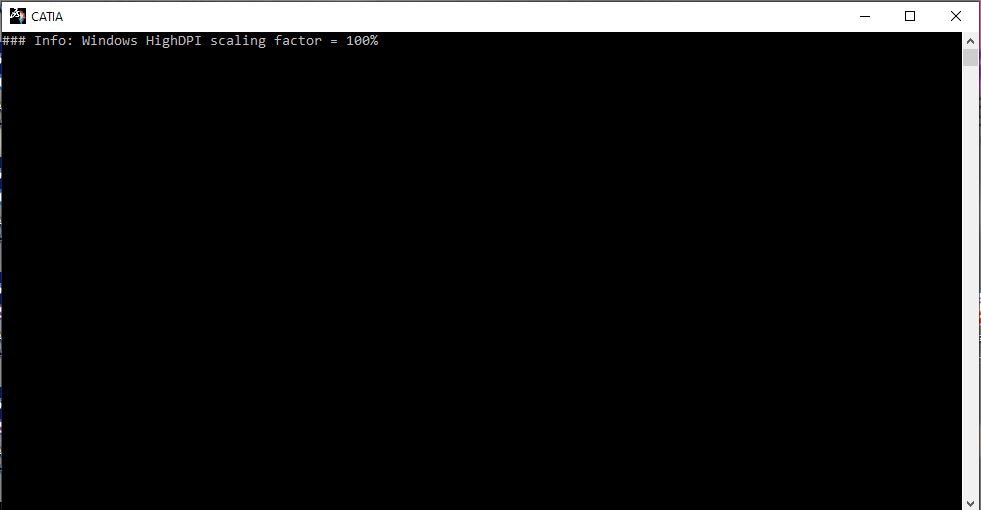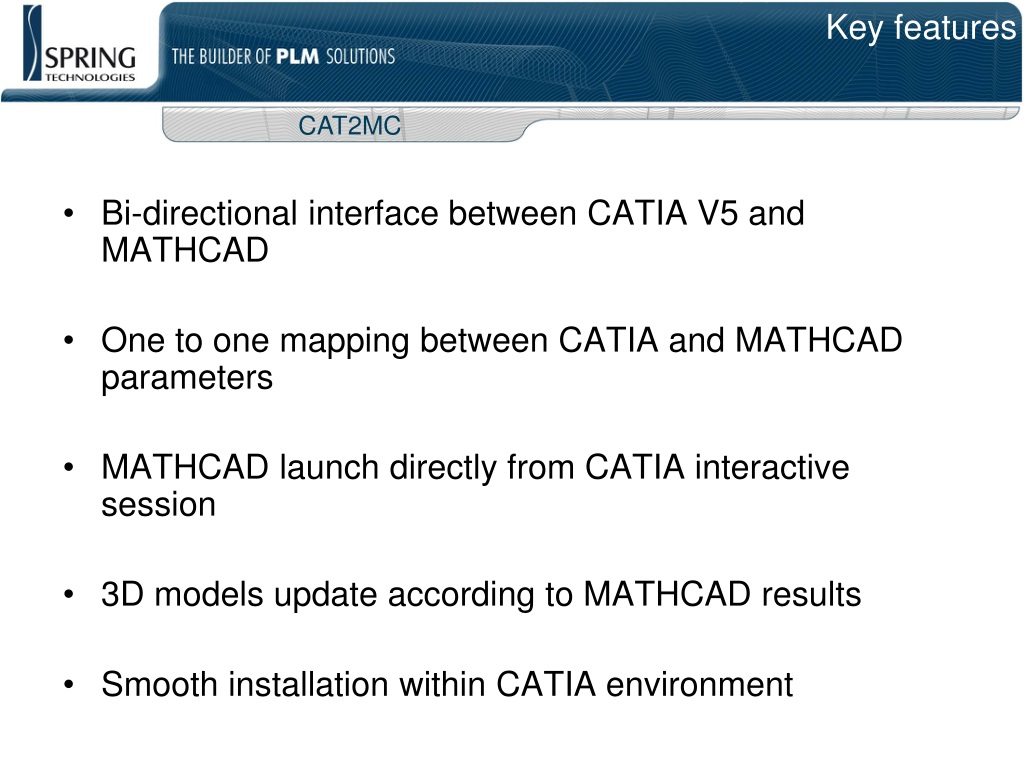
Likewise, there are different environment variables, such as PATH, HOME, USER PROFILE, HOME and APP DATA, TERM, PS1, MAIL, TEMP, and so on. There are other environment variables in the System Variables section that you can examine by clicking Edit. You will find that each different directory is separated with a semicolon, for example: C:Program Files C:Winnt C:WinntSystem32. You can add or modify the path lines with the directories you want your computer to look in for executable files. After highlighting the PATH variable from System Variables, click the Edit button. 
Under the Environment Variables window, choose or highlight the PATH variable in the System Variables section shown in the window.How to Find the PATH Variable in Windows 10 Save any changes that you make by clicking OK.Delete lets you delete the selected environment variable.Edit lets you edit whatever environment variable you have selected.A dialog box will pop up, allowing you to enter a new variable name and to set its initial value:.You might need to make a System variable depending upon what you’re doing. Next, to create a new environment variable, click New.Once Advanced System Settings is open, click on the Advanced tab, then look on the bottom-right side for the Environment Variables.
 If you can’t find Advanced System Settings there, type “ advanced system settings” into the search box and hit return to bring it up. Under the System menu, you need to click the Advanced System Settings.
If you can’t find Advanced System Settings there, type “ advanced system settings” into the search box and hit return to bring it up. Under the System menu, you need to click the Advanced System Settings.  Once logged in to Windows, right-click the Windows button in the lower-left corner of your screen and click System from the Power User Task Menu that’s displayed on the screen. How Do I Set Environment Variables in Windows 10? In this article, we’ll go over how to find and set your environment variables in Windows 10. Setting environment variables is very useful and, fortunately, very simple. The PATH environment variable allows users to quickly launch programs without having to know where those programs live on the hard drive. For example, one common environment variable is called PATH, which is simply an ordered text string containing a list of directories that Windows should look in when an executable file is called.
Once logged in to Windows, right-click the Windows button in the lower-left corner of your screen and click System from the Power User Task Menu that’s displayed on the screen. How Do I Set Environment Variables in Windows 10? In this article, we’ll go over how to find and set your environment variables in Windows 10. Setting environment variables is very useful and, fortunately, very simple. The PATH environment variable allows users to quickly launch programs without having to know where those programs live on the hard drive. For example, one common environment variable is called PATH, which is simply an ordered text string containing a list of directories that Windows should look in when an executable file is called.







 0 kommentar(er)
0 kommentar(er)
